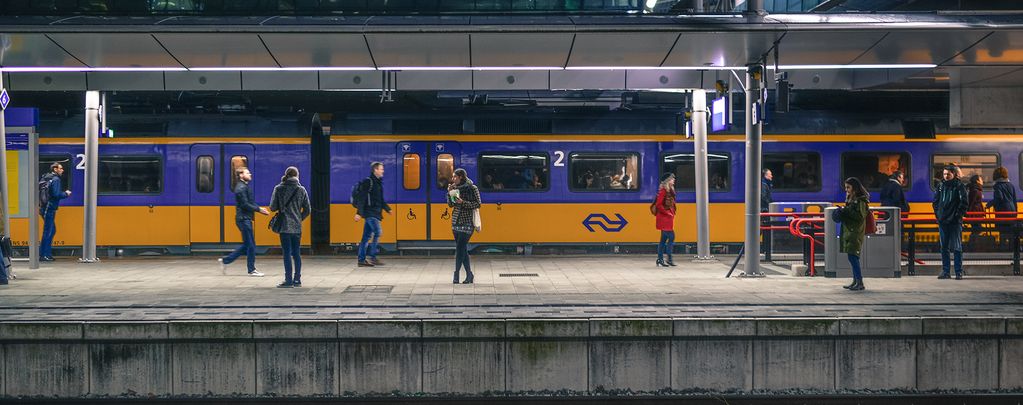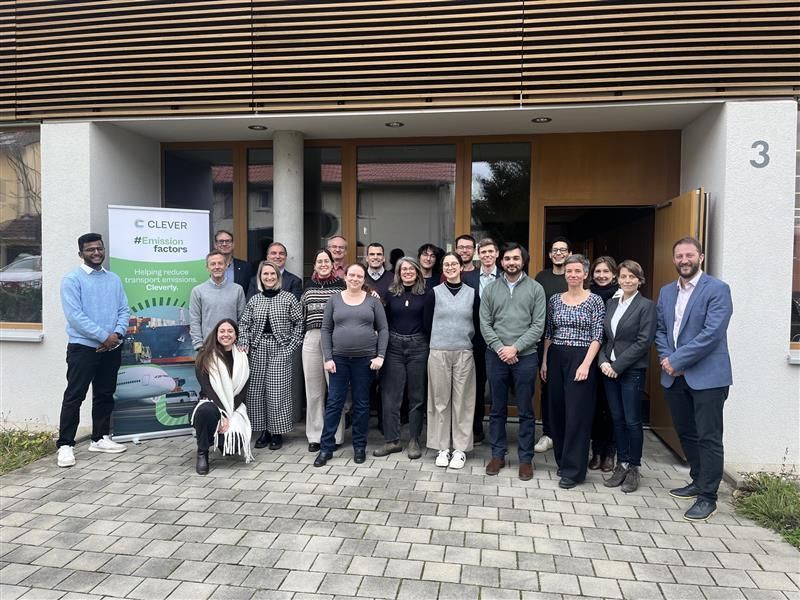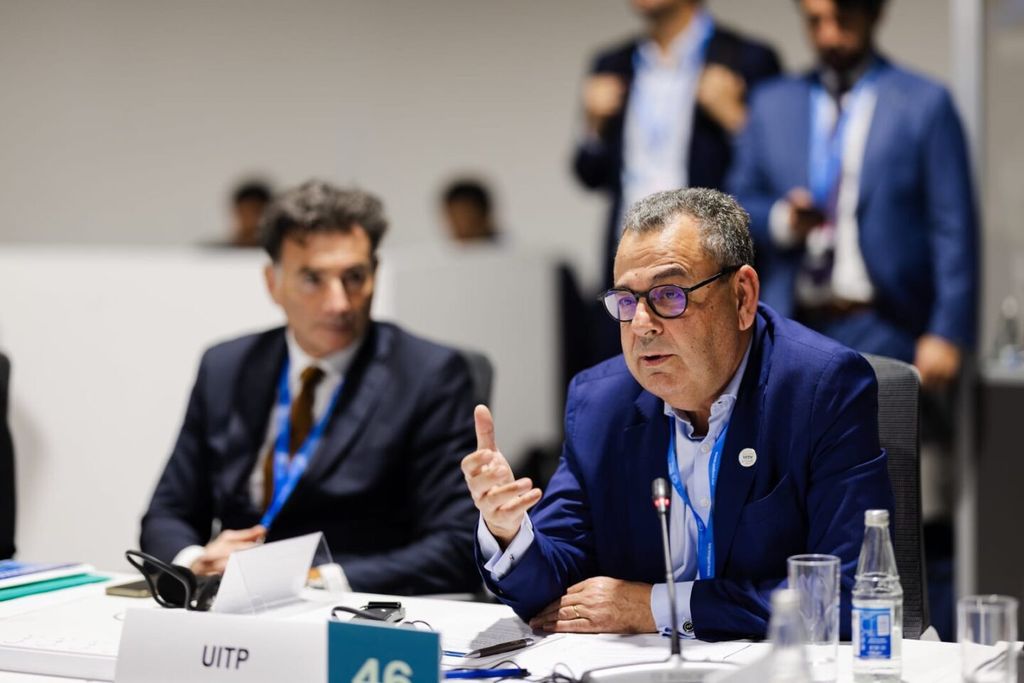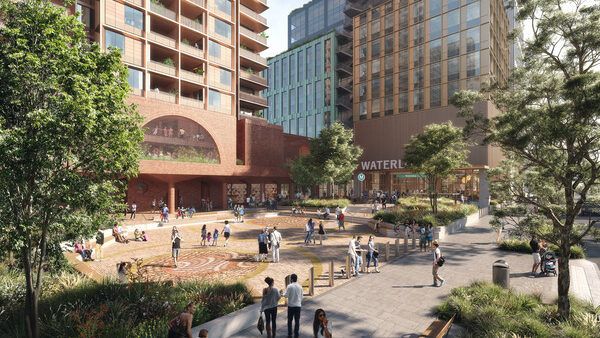
‘Zero emission mobility for all’: how to achieve carbon neutrality
The “big picture”
For the past few months, the whole world has been responding to short-term emergencies. We’ve been in constant crisis mode since the start of the ongoing COVID-19 pandemic.
While it is crucial for national governments and city leaders to monitor the situation carefully and enforce a variety of preventative measures to control the spread of the virus as needed, we must not lose sight of the big picture…
We cannot go back to the way things were: to an inefficient urban mobility, which was feeding the climate crisis, causing millions of untimely deaths and chronic health problems with road danger, air pollution and lack of physical activity, and jeopardising our economic life with traffic congestion.
The fight against the climate crisis cannot wait, and the dangers of doing nothing would be colossal.
‘Zero emission mobility for all’
This week, EUROPEANMOBILITYWEEK (16-22 September 2020), offers many opportunities to renew your commitment in the fight against the climate change. Held under the theme ‘Zero emission mobility for all’, over 2,500 towns and cities have pledged to participate with awareness-raising activities and impactful long-term projects.
The theme reflects the ambitious targets of a carbon-neutral Europe by 2050, as laid out by the European Commission, when presenting the European Green Deal.
It also aims to highlight the importance of accessibility to zero-emission transport and promote an inclusive framework involving everyone.
So what kind of MOBILITYACTIONS should be taken this year?
Enter UITP…
It has been our position since the introduction of the European Green Deal that the fastest, most cost-efficient way to achieve this goal of carbon neutrality is to strengthen the role of public transport in our cities.
To this end, we put forward our ‘One Planet, One Plan’ climate action manifesto which quite clearly outlines a four-step plan to achieve this goal. Any actions that city leaders can take in accordance with this plan will help meet ambitious emission targets.
Give cities back to the people
The first step is to prioritise active modes through urban planning. Active modes, like walking or cycling, are always complementary to public transport. They innately release zero emissions and promote a healthy city lifestyle.
As the second step, mass public transport must remain the backbone of urban mobility, complemented by shared or on-demand mobility services. The more we strengthen this sustainable mobility system, the more flexible mobility services can be provided, and the less need there is for citizens to opt for a private car.
Particularly in light of this pandemic, step 1 and step 2 of this climate action plan should be a primary focus. In our recent Policy Brief, Cities for People: Public Transport for better lives, we urge city leaders and decision makers to take this unique opportunity presented by COVID-19 to build back better with urban planning that prioritises people and not private cars. There need to be more walking and cycling options in cities, alongside a strong mass public transport system, bringing clean air and more space back to people. This has also been the core message of our latest campaign, Back to Better Mobility, launched together with this Policy Brief.

To reach carbon neutrality by 2050, head to steps 3 & 4…
While public transport is already more sustain able than individual transport, the sector has been investing heavily in decarbonisation projects.
At UITP, it has been a major focus for the past few years to help build a regulatory and financial framework that enables large-scale emission transitions. Most recently, we have released The Bus Fleet Renewal Checklist to help improve the process of renewing older bus fleets to meet emission targets; our latest edition of the Bus Tender Structure Report supports the entire bus sector in the tendering of electric buses.
Furthermore, UITP has always been a proud frontrunner in promoting electric mobility, witnessed by our key involvement in EU-funded initiatives such as ZeEUS, ASSURED and the Clean Bus Europe Platform.
Finally, there is one more step to take: investing in renewable energy sources. There are already many examples of public transport systems that run on electricity that is powered by solar, wind or thermal energy.
What are you waiting for?
This week, we hope our members will join us in making it our mission to promote these four essential steps to achieving carbon neutrality in cities, towns and municipalities all over the world.
Fighting the global climate crisis is a shared responsibility. Are you doing your part?
exclusive resources










